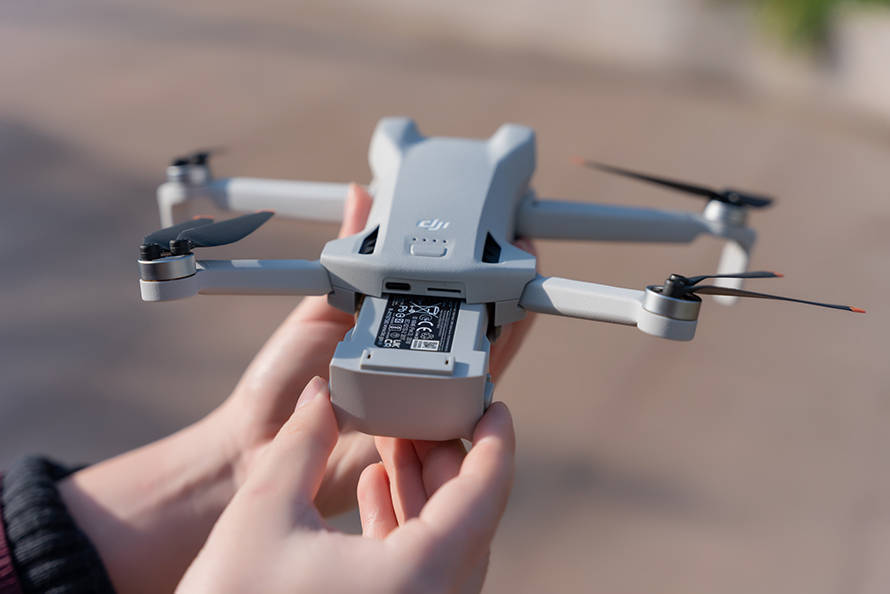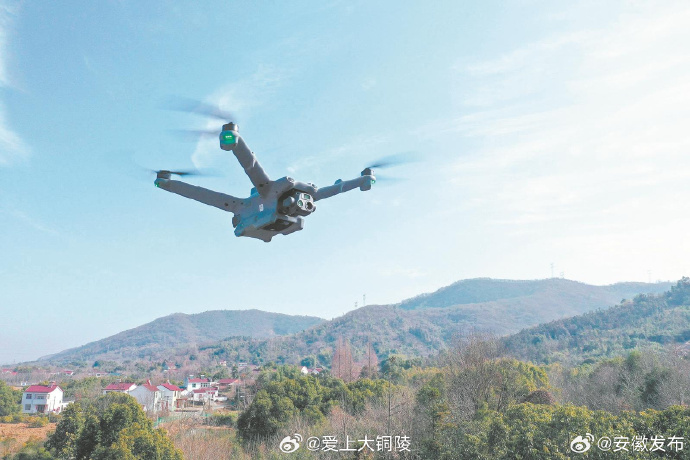The MQ-9 Reaper drone, a significant player in modern aerial technology, has revolutionized the landscape of unmanned aerial vehicles (UAVs). Designed with cutting-edge features, the MQ-9 Reaper stands out not only for its surveillance capabilities but also for its versatility in various operations. Known for its advanced sensors and high endurance, the Reaper plays a critical role in intelligence collection, targeting, and tactical missions.
Introduction to MQ-9 Reaper Drone
The MQ-9 Reaper drone, originally developed for reconnaissance missions, now contributes substantially to military and civilian applications. Its design enables long-duration flights, making it optimal for extended missions that require persistent observation. Primarily deployed by the U.S. Air Force, the Reaper is equipped with state-of-the-art technology allowing operators to conduct missions remotely and with precision.
Technical Specifications
Featuring a wingspan of 66 feet and powered by a turbo-prop engine, the MQ-9 Reaper drone can reach altitudes up to 50,000 feet. Its impressive payload capacity accommodates advanced surveillance equipment and armaments, including laser-guided missiles and GPS-guided bombs. These specifications highlight the Reaper’s ability to adapt to various mission profiles, ranging from reconnaissance to strike operations.
The drone’s operational range exceeds 1,000 nautical miles, allowing it to cover vast areas during missions, thus making it a strategic asset for maintaining vigilance over large territories.
Surveillance Capabilities

The Reaper’s sensor suite includes high-definition cameras, radar systems, and infrared sensors, which enable detailed imagery and real-time data collection. These capabilities are crucial for monitoring areas with minimal ground presence, providing intelligence that informs decision-making processes both in military and humanitarian contexts.
Operational Flexibility
The MQ-9’s versatile design makes it suitable for a host of operations beyond military use; it aids in border patrol, disaster response, and search and rescue missions. Its drones can be employed to gather environmental data or provide situational awareness during natural disasters, exemplifying its broad application scope.
Advancements in Drone Technology

Continuous upgrades to the MQ-9 Reaper’s systems have enhanced its operational efficiency and reduced risks associated with traditional manned flights. The integration of artificial intelligence further augments its targeting and data processing capabilities, ensuring missions are executed with increased accuracy and reduced human intervention.
Furthermore, advancements in communication systems allow for seamless drone-to-operator interactions, ensuring timeliness and precision in executing mission tasks.
As technology progresses, the MQ-9 Reaper’s adaptability ensures it remains at the forefront of UAV developments, offering insights into future trends in drone technology.
FAQs
- What is the primary use of the MQ-9 Reaper drone?
- The primary use is reconnaissance and intelligence gathering, though it is also equipped for strike missions.
- How does the MQ-9 Reaper differ from other drones?
- It differs in its range, payload capacity, and high-altitude capabilities, making it suitable for extended and versatile missions.
- Are MQ-9 drones used for civilian purposes?
- Yes, they are used in disaster management, border patrol, and environmental monitoring, highlighting their operational flexibility.